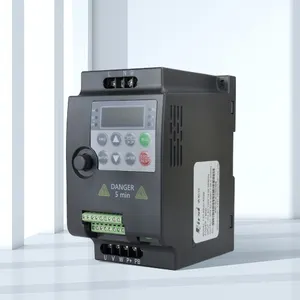
All categories
Featured selections
Trade Assurance
Buyer Central
Help Center
Get the app
Become a supplier














Alibaba.com cung cấp chất lượng cao, không phải trả tiền bộ chuyển đổi công suất tần số cao. đến trực tiếp từ các cánh đồng đã thu hoạch. Những mặt hàng giàu chất dinh dưỡng này rất phổ biến vì có lợi cho sức khỏe và được bán trên toàn thế giới. Chúng là một trong những loài nấm hoang dã được mong muốn nhất trên thế giới. Không giống như các loại nấm truyền thống như nấm sò và nấm portobello, bộ chuyển đổi công suất tần số cao. không được nuôi trồng mà được thu thập từ tự nhiên. Những loại nấm kỳ lạ này được biết đến với hương vị tuyệt hảo và được sử dụng trong nhiều món ăn ngon.
bộ chuyển đổi công suất tần số cao. được cung cấp tại Alibaba.com là 100% hữu cơ, đảm bảo rằng không sử dụng hóa chất độc hại, phân bón hoặc thuốc trừ sâu. Chúng được nuôi dưỡng với sự chăm sóc đặc biệt và được biết là chứa nhiều sắt, magiê, đồng, kẽm, cùng một lượng phốt pho và canxi. Chúng có kết cấu mỏng và trơn và rất phù hợp cho những người đam mê nấm.
Để tạo sự thuận tiện cho người mua sắm, bộ chuyển đổi công suất tần số cao. được cung cấp trong hộp đã nấu chín sẵn sàng để ăn. Các loại nấm hoang dã độc quyền này được lấy trực tiếp từ các trang trại, đảm bảo các lợi ích về sức khỏe trong khi không ảnh hưởng đến hương vị. Chúng tươi và được nuôi trồng không có bất kỳ hóa chất độc hại nào, tối đa hóa sự an toàn và sức khỏe. Chúng mang lại một số lợi ích cho sức khỏe vì chúng được biết đến là chất chống oxy hóa tốt giúp lọc máu.
Người mua có thể chọn từ nấm khô đến nấm đông lạnh, đóng hộp hoặc tươi sống hữu cơ với giá cả phải chăng. giá cả. Những mặt hàng hữu cơ này đóng vai trò như một nguồn dinh dưỡng tuyệt vời để giữ cho một người khỏe mạnh. Alibaba.com cung cấp nhiều loại bộ chuyển đổi công suất tần số cao. phù hợp với yêu cầu của tất cả người mua sắm.